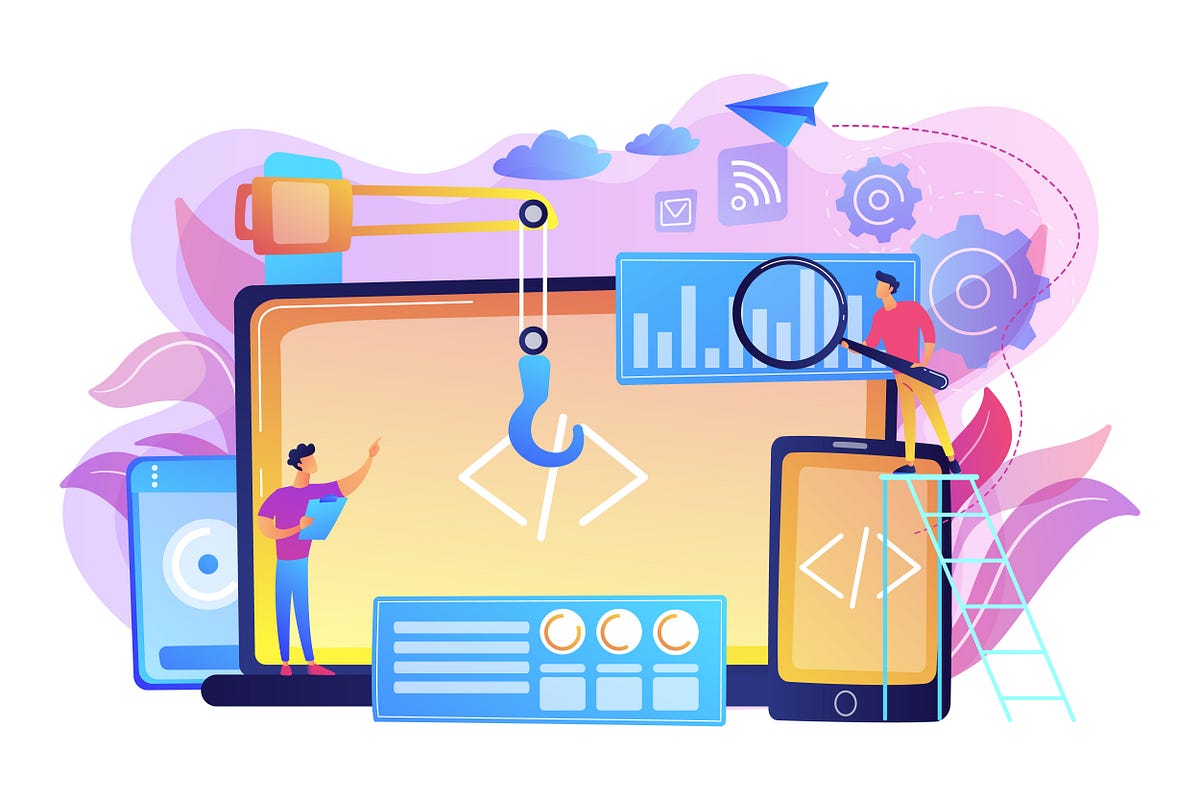
Two main software development methodologies are frequently highlighted. The waterfall was an older type of project management that relied on particular criteria and extended scheming cycles.
Sequential releases are the center of fast development, defined by a quick application development technique. The focus of fast application development is on smaller sprints, in which slow, progressive components of a project are given. It speeds up the project’s goals by eliminating maintenance due to changing criteria or company needs.
Rapid app development platform (RAD) solves this problem in software development. Changing company demands and a shifting market structure frequently require changes in system design. Let’s look at how more effective and versatile development methods, such as RAD, can help.
Steps to Follow in RAD:
Some key steps need to be understood when considering the rapid application development methodology. These steps are as follows:
Understand the requirements:
Planning the project without a clear idea of the result must be a formula for disaster. In this phase, you’ll try to define the project’s goals, as well as the project budget for accomplishment. After completing this one, you can go to the next step, and all parties are happy.
Create an MVP:
A minimal product, or MVP, is the prototype you should create as you start working on your project. The odds of a successful prototype increase dramatically when development teams, project leads, and clients cooperate closely throughout the build phase.
Solicit feedback:
During this stage, developers seek feedback from users. It could be based on the product’s usability or interface, look, and feel. Adjustments can be made as programmers gather data to customize the product to customer needs better.
Testing and Presentation:
The solution should be compared to all customer requirements during the testing process to confirm that it is working properly. In addition, all third-party connectors inside the program should be reviewed during testing, as changes in one area can influence others. Once your finished product is ready to go live, you must train people to use it and suggest that it contains all of the necessary data.
Final Verdict:
According to Google Trends, the popularity of rapid app development platforms with low-code development is rapidly growing. However, selecting the proper tool to help you succeed with RAD might be difficult because there are so many alternatives available on the ground. It helps the developers to create new apps.
Feel free to contact us for apaas application platform as a service and internal vs external api and mendix vs powerapps vs outsystems vs Wavemaker pricing